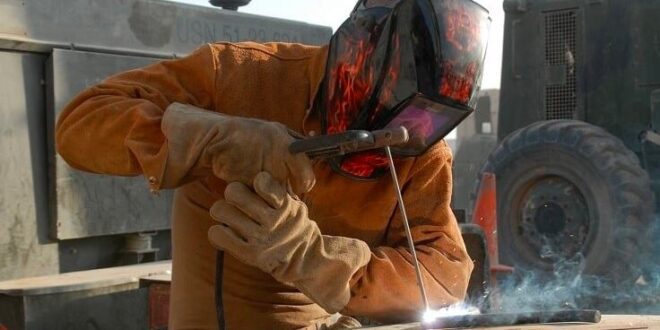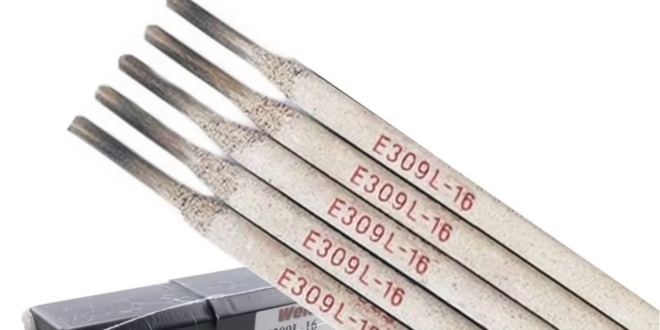Piping Fabrication Tolerances: Standards, Practices, and Control In any industrial piping system—whether in oil refineries, chemical plants, or power stations—the term “tolerance” holds critical importance. It’s not just about precision; it’s about ensuring that every pipe, flange, and fitting lines up perfectly to form a leak-proof, structurally sound system. What …
Read More »
 Welding of Welders All about Welding and Welders
Welding of Welders All about Welding and Welders








